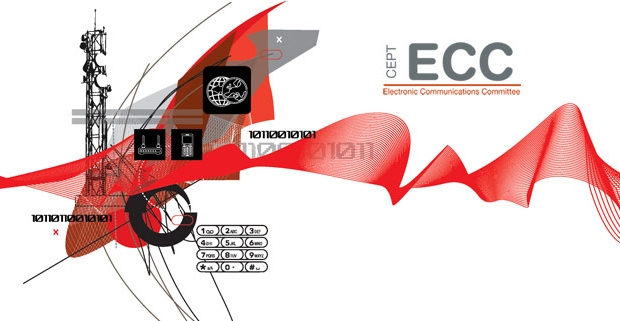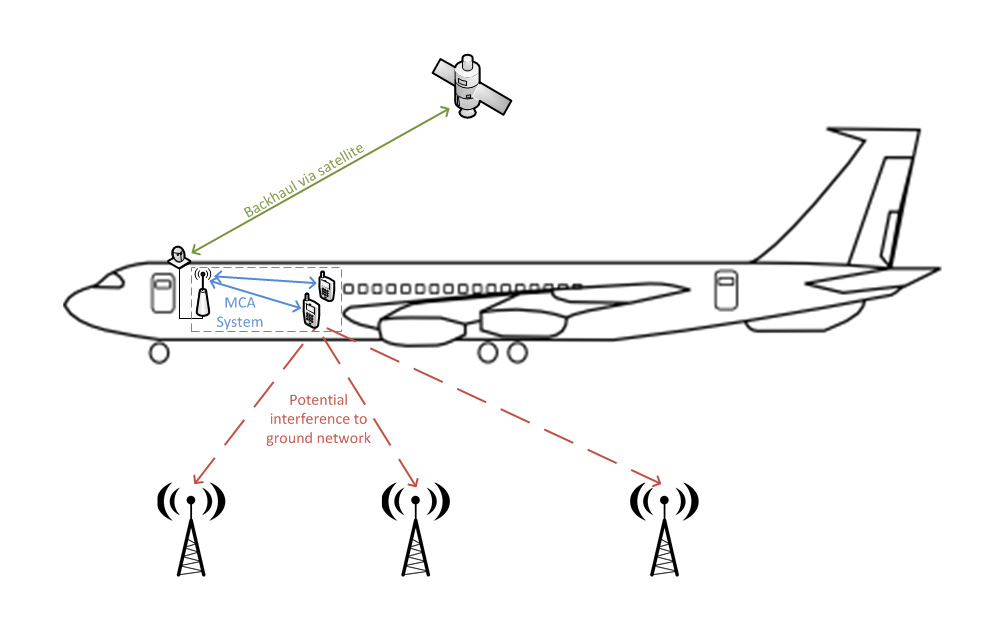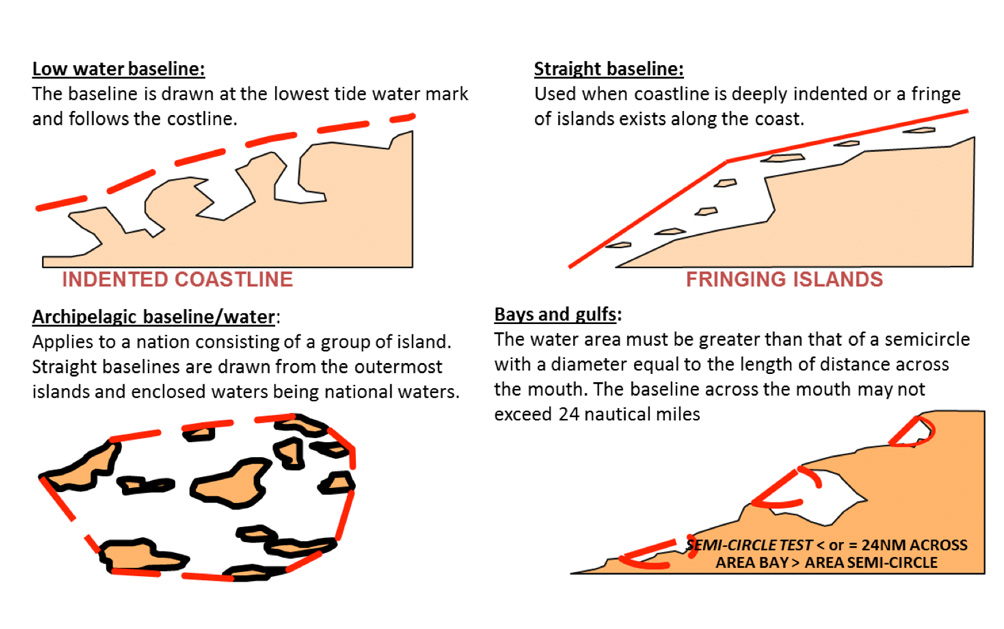The changing face of travel
As consumer demands evolve in line with rapidly-changing technological innovations, access to these technologies is required. One area where this is particularly visible is in the increasing demand for voice and data connectivity via mobile networks to end-users on aircrafts and passenger ships.
In recognition of this demand, the ECC has been working to simplify the regulatory framework to allow for improved access to these technologies.
To provide mobile network access to an aircraft or a vessel, a local on-board low-power base station, known as a "picocell", provides connectivity to the end users, using a standard mobile frequency band. A satellite link using a different frequency band is typically used to connect to the wider telephony network, as described in the previous article.
Mobile communications on-board aircraft (MCA)
Allowing the use of mobile-user equipment on board an aircraft creates a potential issue of interference to the mobile network on the ground. This is due to the fact that an aircraft at high altitude typically has line of sight visibility to several ground-based base stations. Any mobile devices which receive a signal from these base stations on the ground could attempt to transmit at maximum power, thus causing potential interference to the wider ground network. This is illustrated below.
Figure1: Overview of MCA system and interference risk to ground networks
For this reason, the existing ECC regulations (ECC Decision (06)07) recommend the use of a "network control unit" (NCU) – effectively a legal "jamming" device – on board the aircraft to block access to all mobile frequencies apart from those in use by the picocell on the aircraft.
Mobile devices that are connected to the picocell transmit at a low power because the separation distance is short, and so they do not cause a risk of interference. A NCU is required unless it can be demonstrated that the aircraft fuselage provides sufficient protection from interference to ground networks.
The NCU is required to operate in all mobile frequency bands other than the frequency used by the MCA system, to prevent devices from connecting to the ground networks. The MCA system should also be switched off during take-off and landing below altitudes of 3000 m (when the seatbelt light is on).
The first ECC regulations adopted in 2006 allowed usage of GSM (2G) services in the 1800 MHz frequency band. MCA systems have been in use by some airlines in Europe since 2008. In 2013, the regulations were extended to allow usage of UMTS (3G) in the 2.1 GHz band, and LTE (4G) in the 1800 MHz band. Today, 2-3% of the 30,000 daily commercial flights in Europe are equipped with MCA.
As more bands are regularly being opened up for mobile usage in Europe, NCUs need to be regularly updated, with a lengthy aviation certification process required for each new band. The European Commission (EC) recently tasked CEPT to conduct studies to determine if the use of the NCU could be made optional, in order to make it easier to deploy MCA systems.
The ECC conducted compatibility studies to assess the probability of interference in both directions (from the aircraft to the ground network and vice versa). The studies concluded that for LTE and GSM systems, an NCU is not necessary to prevent interference to and from ground networks. However for UMTS systems, the studies show that there is a risk of interference to ground networks.
The studies will shortly be published in CEPT Report 63, which is in the final stage of approval. The report recommends that NCUs should not be mandatory, with the exception of frequency bands where UMTS is operating on the ground (e.g. the 900 MHz and 2.1 GHz bands), where the existing requirements still apply.
The final CEPT Report 63 will be sent to the EC to recommend that the relevant regulations be updated in line with these conclusions.
Mobile communications on vessels (MCV)
Providing mobile connectivity to consumers on vessels such as passenger ferries and cruise ships presents similar challenges to those on aircraft. In this case it is necessary to ensure interference does not occur to land-based networks when a ship is near to the shore. This is achieved by specifying exclusion zones around a “baseline” where MCV systems should be switched off. The baseline is defined in relevant international law, and varies depending on the type of coastline, as illustrated below.
Figure 2: Definition of baseline
The size of the exclusion zones are specified in the regulations based on the results of compatibility studies, and vary between 2-4 nautical miles depending on the system in use.
The regulations also specify additional constraints on usage, including limitations on the maximum transmit power from mobile devices connected to the MCV system – this is particularly important to protect against interference from outdoor mobile devices on the deck of a ship, as illustrated below.
Figure 3: MCV system and risk of interference
The original ECC framework for MCV was published in 2008 in ECC Decision (08)08, based on the results of compatibility studies in ECC Report 122, and was presented to the EC in CEPT Report 28 in 2009, in response to a mandate to CEPT on this issue. This framework allowed for GSM (2G) MCV systems to be deployed in the 900 MHz and 1800 MHz frequency bands.
In 2015, the ECC conducted new compatibility studies to determine the feasibility of extending MCV services to other frequency bands and newer technologies including UMTS (3G) and LTE (4G). The studies concluded that the existing regulatory conditions were enough to provide protection, as long as certain network conditions are met. ECC Decision (08)08 was updated accordingly to allow for the use of UMTS in the 2.1 GHz band, and LTE in 1800 MHz and 2.6 GHz.
The EC issued a second mandate to CEPT in 2015 on MCV in these frequency bands. This was addressed in CEPT Report 62, which was published in June 2016. The resulting update of the EC regulations is in the final stages of approval.
Improved access for end users
The recent changes the ECC has made to the regulatory framework for MCA and MCV will provide operators of such services with more flexibility to deploy mobile networks using a wider range of technologies. This, in turn, will help to improve access to voice and data services for end users while travelling on aircraft or on passenger ships. It will provide extended coverage and higher data speeds on more journeys – changing the overall experience for travellers worldwide.
Peter Faris, Spectrum Expert, European Communications Office






